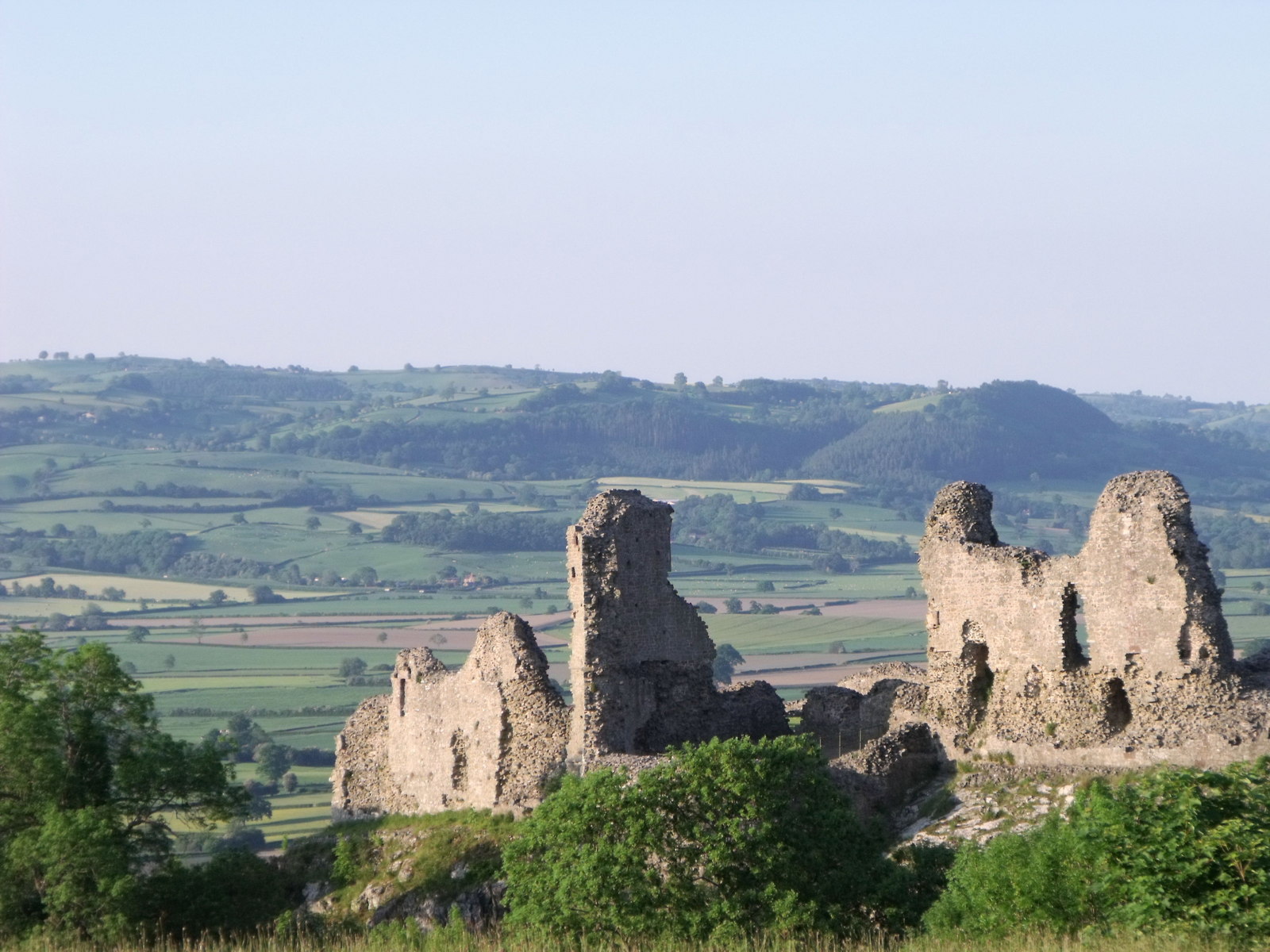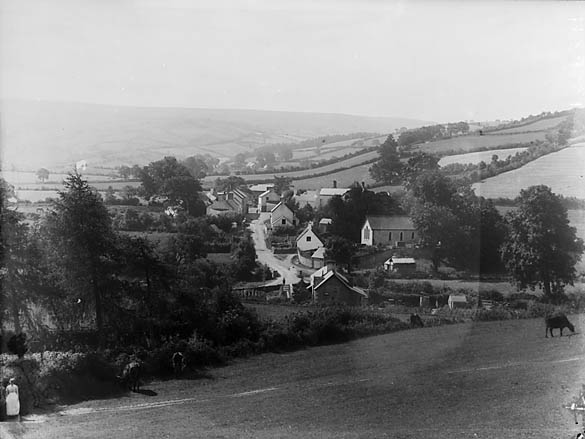Abbeycwmhir
Settlement in Radnorshire
Wales
Abbeycwmhir

Abbeycwmhir is a small village located in the county of Radnorshire, Wales. Situated in the beautiful countryside, it is surrounded by rolling hills, lush valleys, and picturesque landscapes. The village is part of the historic region of Powys and lies within the Cambrian Mountains.
The name Abbeycwmhir translates to "Abbey in the Long Valley" in Welsh, which is fitting as the village is home to the ruins of a Cistercian abbey. The abbey dates back to the 12th century and was once a thriving religious center. Today, visitors can explore the remains of the abbey, which include the impressive nave and the intricately carved tombs of the founders.
Aside from its historical significance, Abbeycwmhir offers visitors a tranquil and serene atmosphere. It is a popular destination for those seeking a peaceful retreat or a base for exploring the surrounding countryside. The village is known for its charming cottages, traditional Welsh architecture, and friendly locals.
Nature lovers will appreciate the abundance of outdoor activities available in the area. The nearby Radnor Forest provides opportunities for hiking, cycling, and wildlife spotting. The village is also located near the Elan Valley, renowned for its stunning reservoirs and scenic drives.
In terms of amenities, Abbeycwmhir has a small general store, a village hall, and a pub where visitors can enjoy a traditional Welsh meal or a pint of local ale. Overall, Abbeycwmhir offers a glimpse into Wales' rich history and provides a peaceful retreat for those seeking a break from the hustle and bustle of city life.
If you have any feedback on the listing, please let us know in the comments section below.
Abbeycwmhir Images
Images are sourced within 2km of 52.331015/-3.389919 or Grid Reference SO0571. Thanks to Geograph Open Source API. All images are credited.







Abbeycwmhir is located at Grid Ref: SO0571 (Lat: 52.331015, Lng: -3.389919)
Unitary Authority: Powys
Police Authority: Dyfed Powys
Also known as: Abbey-cwm-hir, Abaty Cwm-hir
What 3 Words
///visa.nutty.exactly. Near Rhayader, Powys
Nearby Locations
Related Wikis
Abbey Cwmhir Hall
Abbey-Cwm-Hir Hall is a neo-Elizabethan country house in the Welsh county of Powys. == History == The hall was built in 1833 for Thomas Wilson, a London...
Abbeycwmhir
Abbeycwmhir or Abbey Cwmhir (Welsh: Abaty Cwm Hir, "Abbey in the Long Valley") is a village and community in the valley of the Nant Clywedog in Radnorshire...
Cwmhir Abbey
Cwmhir Abbey (Welsh: Abaty Cwm Hir), near Llandrindod Wells in Powys, is a Welsh Cistercian monastery founded in 1176 by Cadwallon ap Madog. A spurious...
Powys
Powys ( POH-iss, POW-iss, Welsh: [ˈpou̯ɪs]) is a county and preserved county in Wales. It borders Gwynedd, Denbighshire, and Wrexham to the north; the...
Rhwng Gwy a Hafren
Rhwng Gwy a Hafren (English: Between Wye and Severn) was a region of medieval Wales, located in the Welsh Marches between Powys to the north and Brycheiniog...
Buddugre Castle
Buddugre Castle (sometimes referred to as Tomen Bedd-Ugre, Castell Cwm Aran, Tomen Bedd Turc and Bedd-y-gre) was a motte and bailey defensive fortification...
St Anno's Church, Llananno
The Church of St Anno in Llananno, Powys, Wales, is a redundant church dating from the 14th century. Its medieval rood screen is considered "one of the...
Nantmel
Nantmel is a village and a community in Radnorshire, Powys, Wales, and is 76.5 miles (123.1 km) from Cardiff and 150.5 miles (242.2 km) from London. In...
Related Videos
Abbeycwmhir drone survey
See https://abbeycwmhir.org for details of the entire project which is led by the Abbeycwmhir Heritage Trust. I undertook a drone ...
Nearby Amenities
Located within 500m of 52.331015,-3.389919Have you been to Abbeycwmhir?
Leave your review of Abbeycwmhir below (or comments, questions and feedback).

















